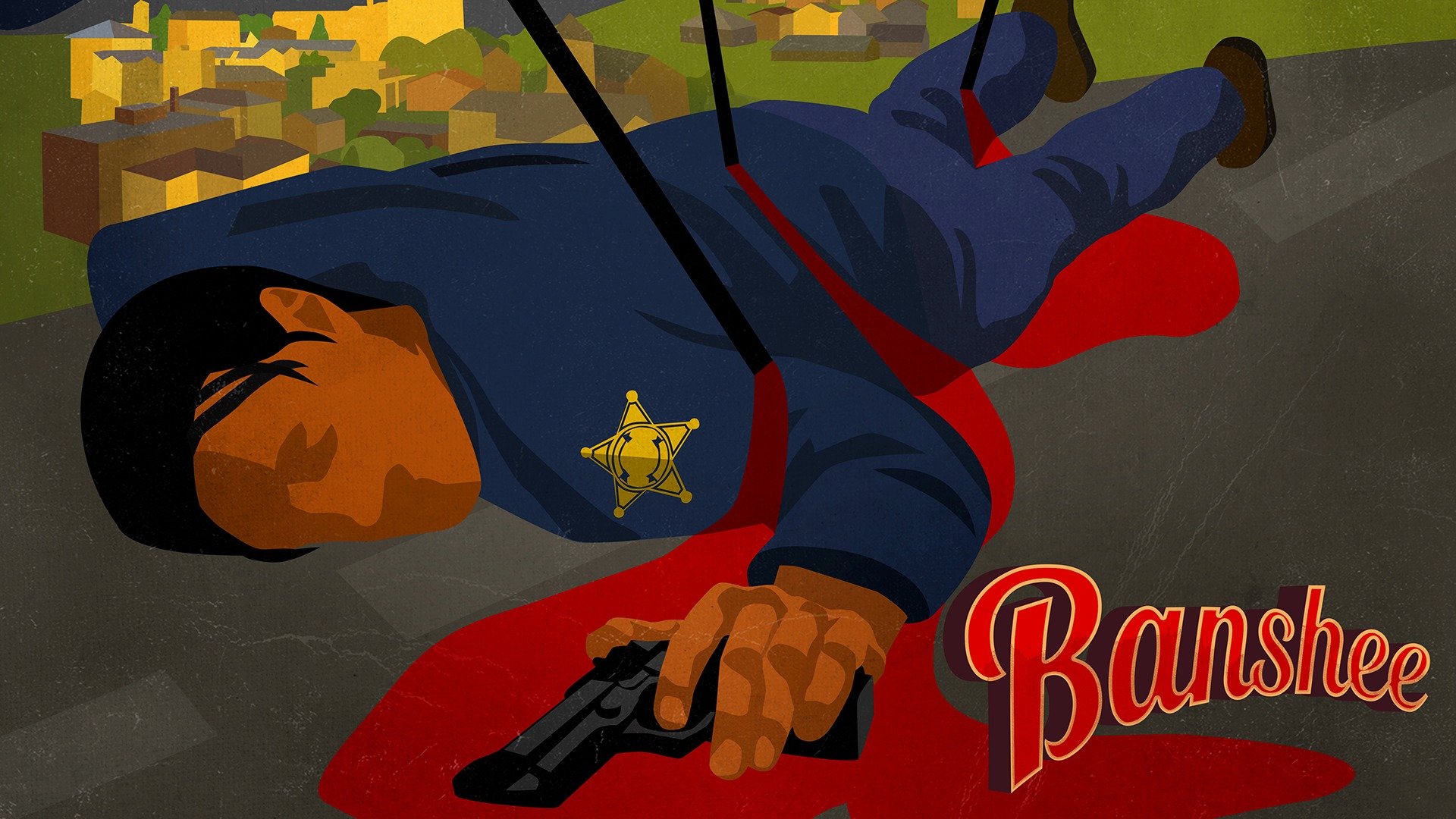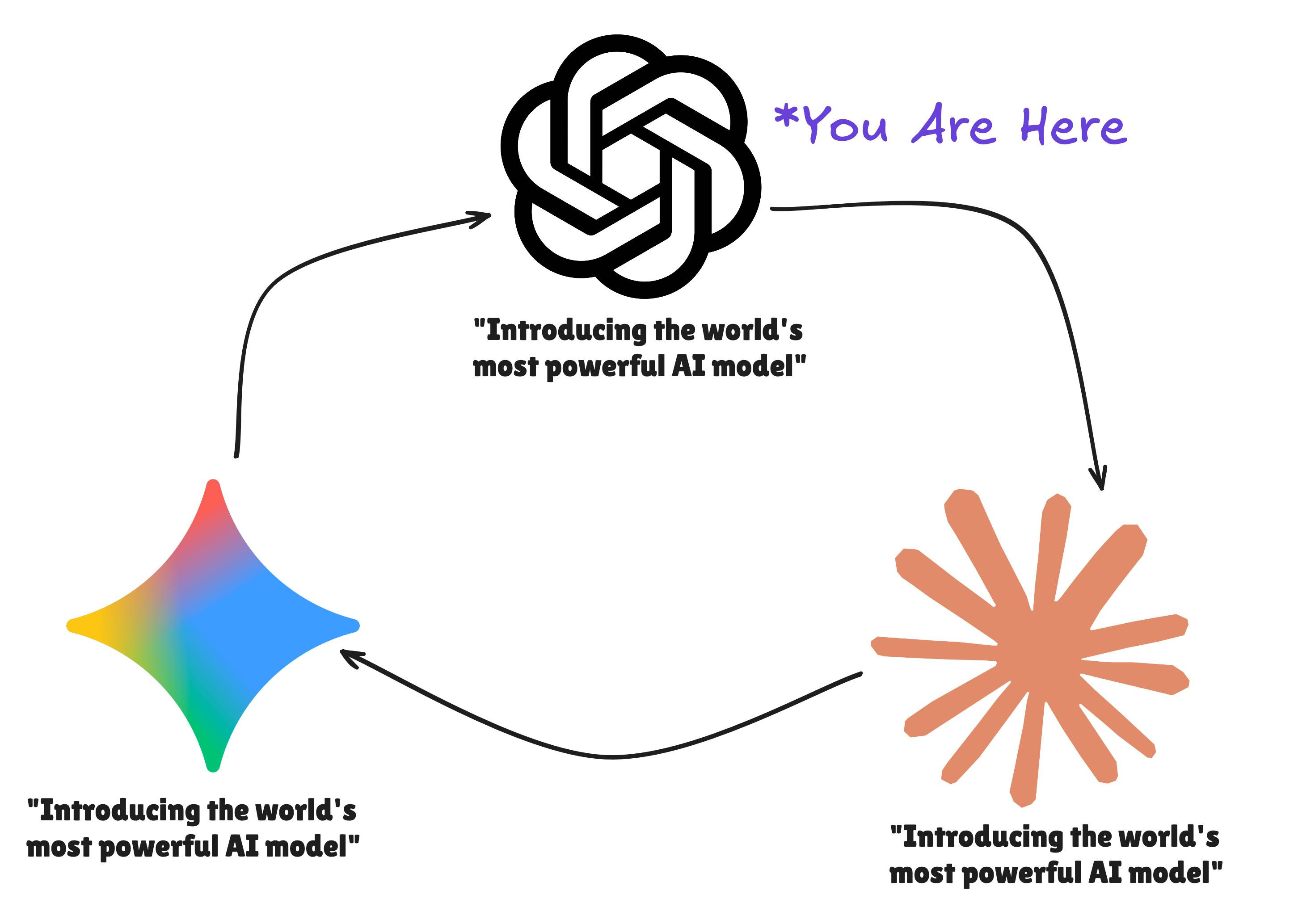
International conference hosted by the Metropolitan University in Prague and the School of Arts and Humanities, University of Lisbon/ULICES 6-7 March, 2026 | Online This online conference will focus on the representation of violence in contemporary audiovisual production, specifically in television series.



